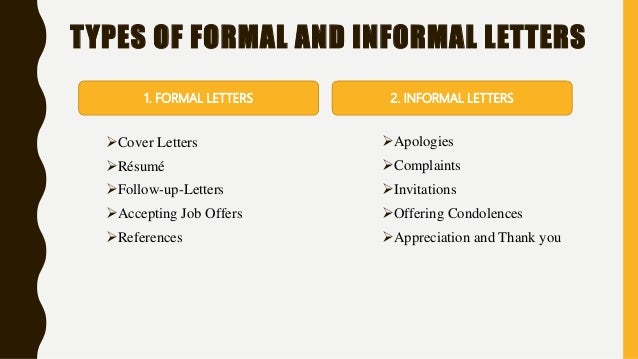Memoranda
Memos are used in business as a means of internal communication. They can be typed or handwritten, formal or informal. Memos do not have a salutation or complimentary close, but they usually have a:
- sender (usually signs/initials)
- address
- date
- reference
- subject heading
Notices & Bulletins 
Agendas & Notice of Meetings
Parts of a Letter
Part 2
11 Parts of a Letter
- Letterhead: Organisation's address, telephone/fax numbers, email address
- Reference: This may be either: a) File or account number b) The writer's initial followed by those of the typist c) Name of Department, followed by typist's initials (ACCOUNTS/ra)
- Date: written below the letterhead (usually day, month (in words) and full year
- Recipient's Name & Address: include title (Manager, Dr, Professor, Senator). When writing a partnership you should use Messrs.
- Attention line: If you want a particular person in a department to deal with a particular matter you can direct the correspondence to the person by typing the phrase 'Attention Mr.....' or 'For the attention of......' This is usually typed below the recipient's address.
- Salutation: begins 'Dear Mrs...'
- Subject heading: typed below the salutation; states the subject of the letter; helps when the letter is opened and being filed.
- Body of the Letter: paragraphs in the letter, typed in a single line spacing with an extra line between paragraphs. Paragraphs are not indented.
- Complimentary Close: closing remarks of the letter: Yours sincerely (to a named person), truly, faithfully (if the letter begins with 'Dear Sir'
- Signature: at least 5 line spaces are left after the complimentary close for the writer's signature.
- Enclosure: for additional materials like photographs, reports, and catalogues to be enclosed. Type 'Enc' or 'Encs' 2 or 3 lines after the signature.
TYPES OF LETTERS
1) Job application letter 2) Resignation letter 3) Follow-up etc.






QUESTIONS
ReplyDelete1) What is a memorandum?
2) List 4 things you find in a memo and 2 things you do not.
3) Compose a memo.
4) List 2 differences between notices and bulletins.
5) What is an agenda?
6) What precedes the agenda?
7) Using the Agenda acronym ARM-CRAD, list the order of a business meeting.
8) List 11 parts of a business letter in chronological order.
9) Describe any 5 parts of a business letter.
10) List 3 types of letters.